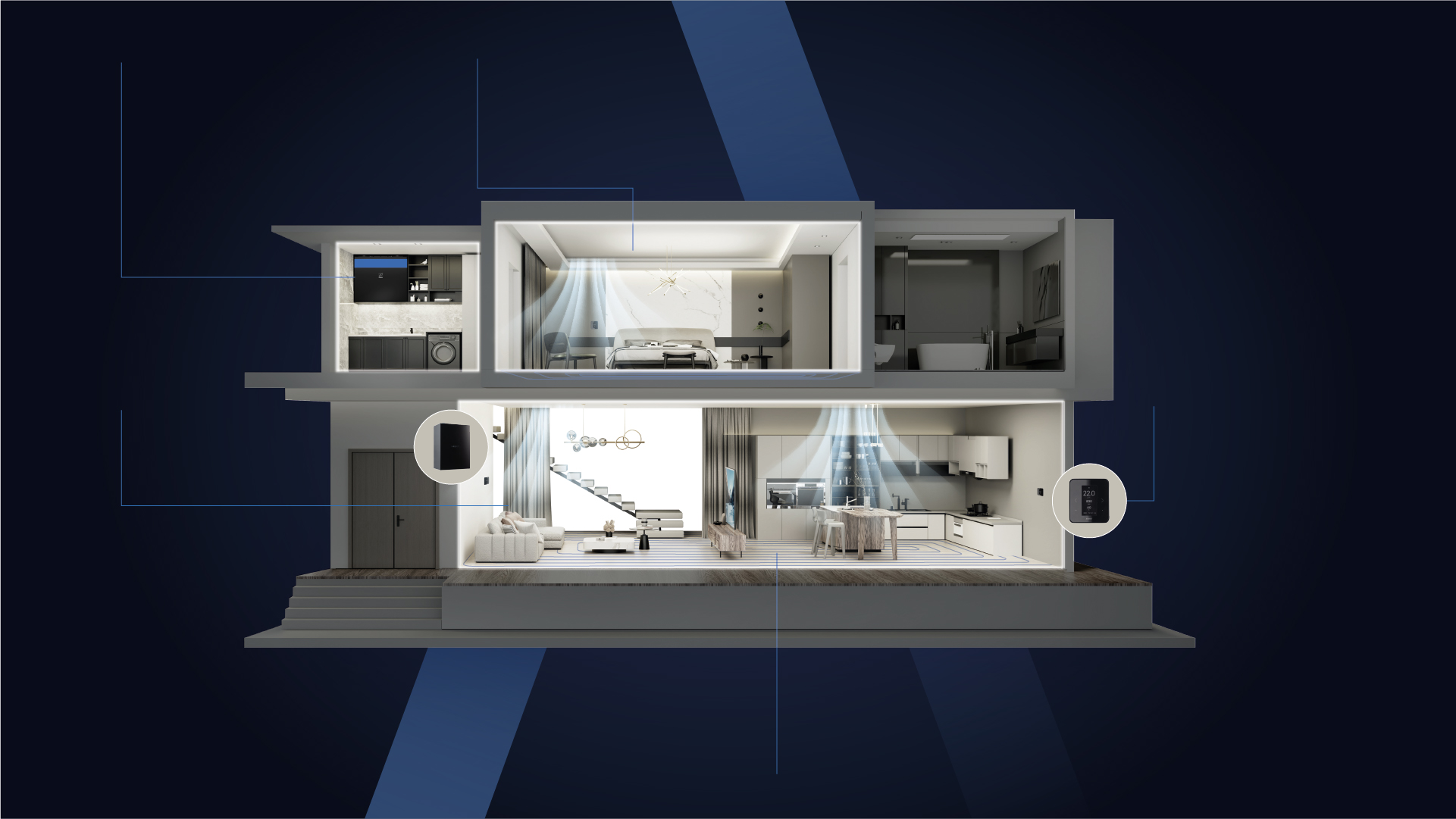By Dr. Mihkel Mardna, Sports Medicine Specialist
As a sports medicine physician, I have witnessed first-hand the demands that Ironman athletes place on their bodies and the pivotal role of quality sleep in ensuring effective recovery. One often-overlooked environmental factor in sleep quality is carbon dioxide (CO₂).
While best known as a greenhouse gas, CO₂ also accumulates indoors—particularly in small or insufficiently ventilated spaces—and can interfere with both the quantity and the quality of sleep.
CO₂, Sleep Architecture, and Recovery
Sleep architecture consists of different stages—light sleep, deep sleep (N3), and REM sleep—each serving its own purpose in recovery and memory consolidation. Deep sleep (N3) is particularly important for athletes because it is linked to tissue repair, muscle growth, and the release of growth hormone.

Recent research has demonstrated that elevated CO₂ levels can negatively impact these restorative sleep phases. A study in Indoor Air reported that as CO₂ levels rose from around 680 ppm to 1350 ppm, participants experienced a significant reduction in deep sleep—up to 6%—and more frequent nighttime awakenings.
These nighttime disruptions undermine the body’s capacity to achieve the continuous deep sleep crucial for athletic recovery. Elevated CO₂ can also harm cognitive performance and decision-making the following day, which is equally critical for endurance athletes during training and competition
[Source: https://link.springer.com/chapter/10.1007/978-981-13-9520-8_99]
Why Endurance Athletes Are More Vulnerable
Ironman athletes undergo intensive physical conditioning, often training multiple hours per day. Prolonged training sessions place the nervous, muscular, and cardiovascular systems under considerable stress. During sleep—particularly deep sleep—athletes’ bodies carry out crucial repair processes: from rebuilding muscle fibers to clearing metabolic waste products.
When CO₂ levels in a bedroom climb above 1000 ppm, the chance of frequent micro-arousals and shallow breathing patterns rises. This means the body may struggle to stay in the most restorative stages of sleep long enough to enjoy the full benefits of physical repair. Over time, chronic sleep disruption can lead to decreased muscle recovery, weakened immune function, and reduced overall performance potential.
Moreover, an athlete’s high metabolic rate means increased CO₂ production during sleep. If the bedroom is not adequately ventilated, CO₂ will accumulate at an accelerated rate. Rooms lacking proper ventilation, or where doors and windows remain closed, can see particularly high CO₂ concentrations overnight.
Recognizing the Symptoms of Elevated CO₂
High CO₂ levels can present subtly. Many individuals, including athletes, do not associate morning sluggishness or difficulty focusing with indoor air quality. However, signs such as waking up feeling groggy despite eight hours of rest, frequent headaches, and unusual daytime fatigue can point toward insufficient nighttime ventilation. Over time, these symptoms can impede an athlete’s training progress and overall well-being.

The Role of Intelligent Ventilation
Adequate air exchange is vital for preventing CO₂ buildup. Systems like Airobot’s smart ventilation devices monitor indoor CO₂ around the clock, automatically adjusting airflow to maintain optimal levels for restful sleep. Unlike standard ventilation units that run at a fixed rate, intelligent ventilation systems can modulate their speed based on live readings of CO₂ and other pollutants (e.g., volatile organic compounds and dust).
This not only secures a stable air composition but also helps control humidity—another key aspect of healthy sleep—and conserves energy when indoor air quality is already good.
Several athletes I have worked with noted immediate benefits after installing such a system: improved nighttime breathing, fewer sleep disruptions, and quicker recovery. Scientific insights echo these findings, revealing that better-ventilated sleeping areas promote fewer arousals and lower CO₂ concentrations, facilitating deeper and more restorative sleep
Key Takeaways
CO₂ Accumulation: Indoor CO₂ levels above 1000 ppm can reduce total deep sleep and induce more frequent awakenings.
Intensive Training Implications: Ironman athletes rely heavily on deep sleep for muscle and tissue repair; elevated CO₂ can diminish these essential recovery processes.
Early Signs: Persistent fatigue, morning headaches, and sluggish mental performance may indicate chronically poor indoor air quality.
Ventilation Solutions: An intelligent system that adjusts airflow in real time—such as Airobot—can help mitigate CO₂ accumulation, protecting both sleep quality and overall athletic performance.


